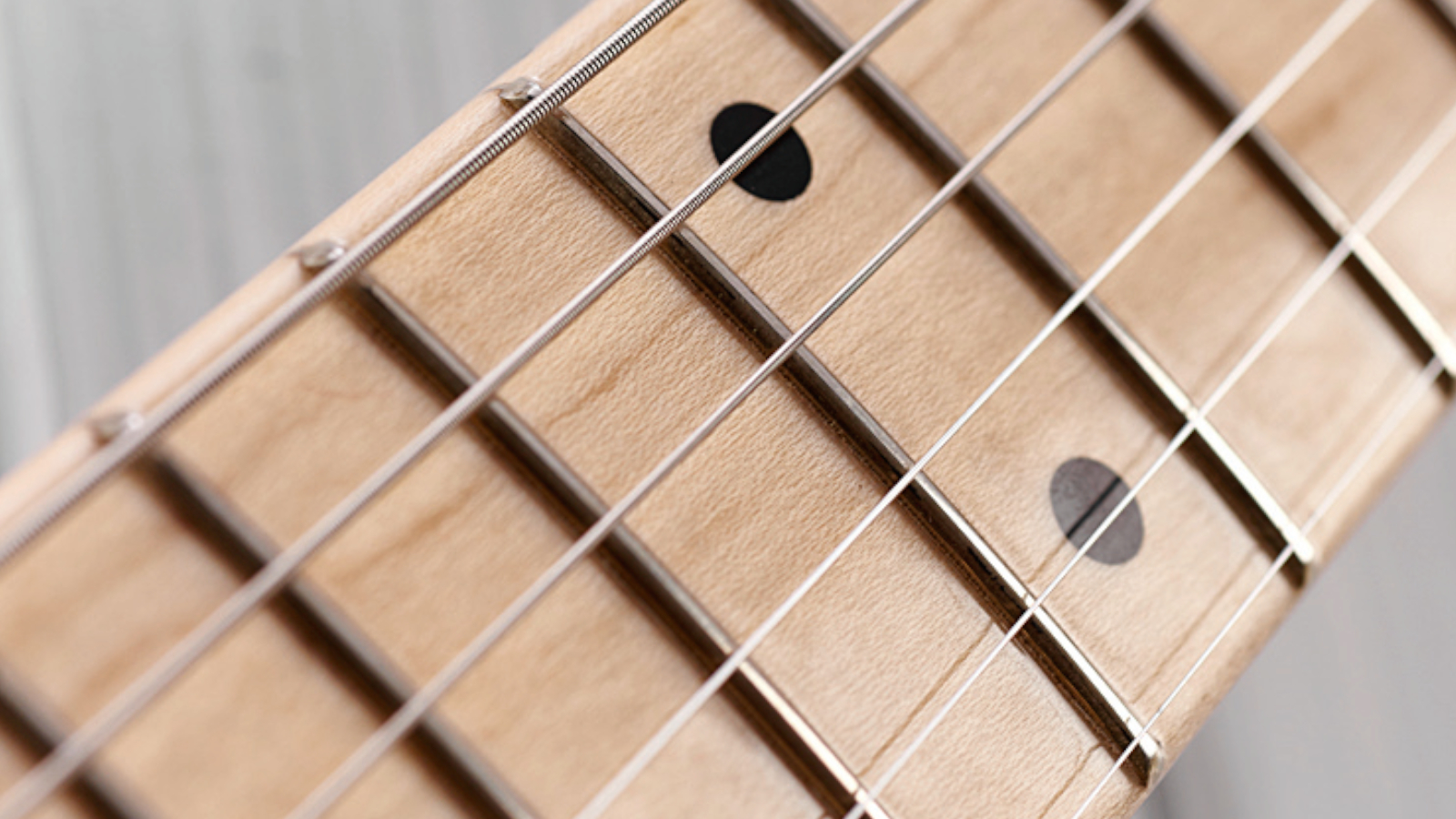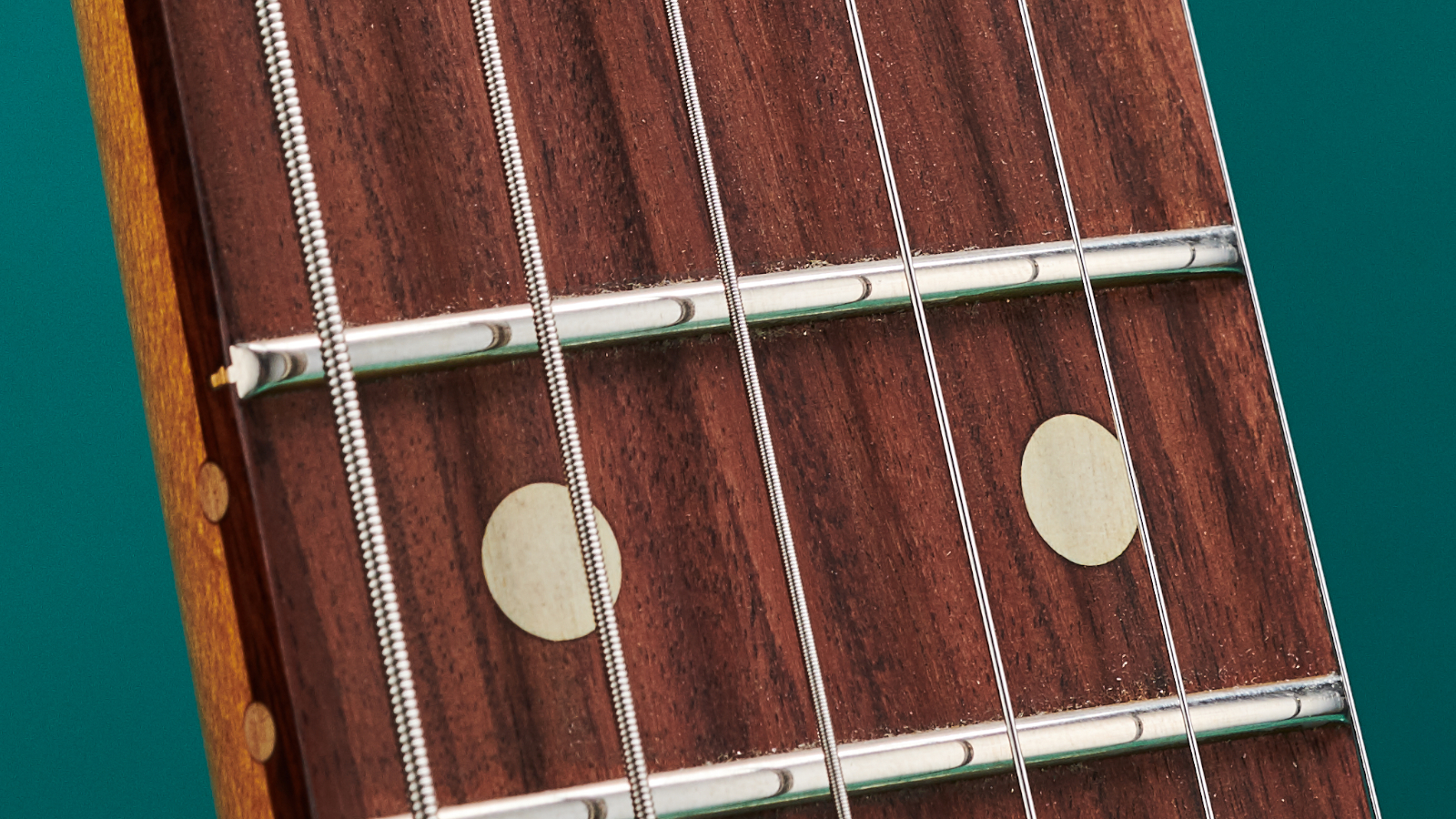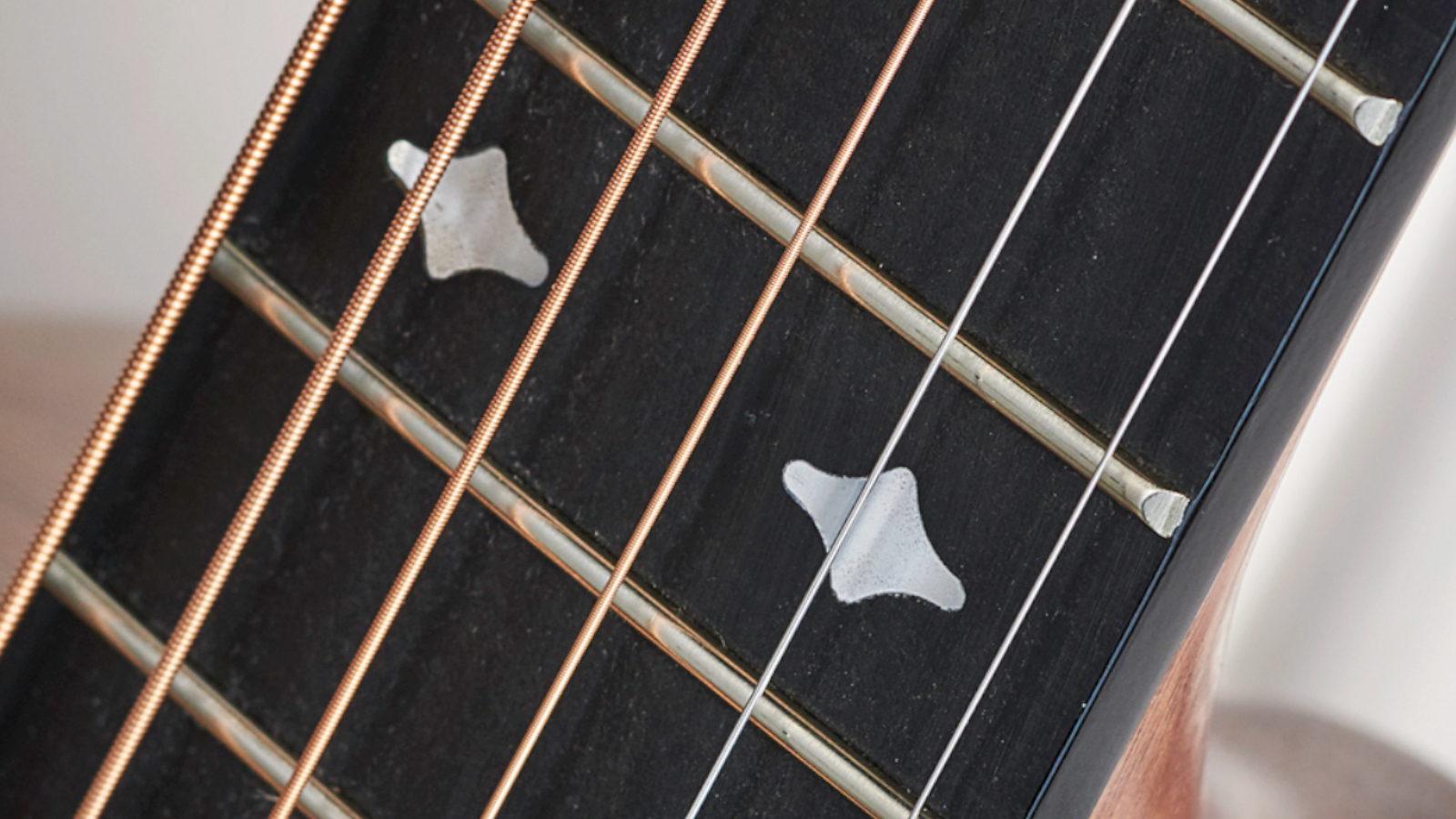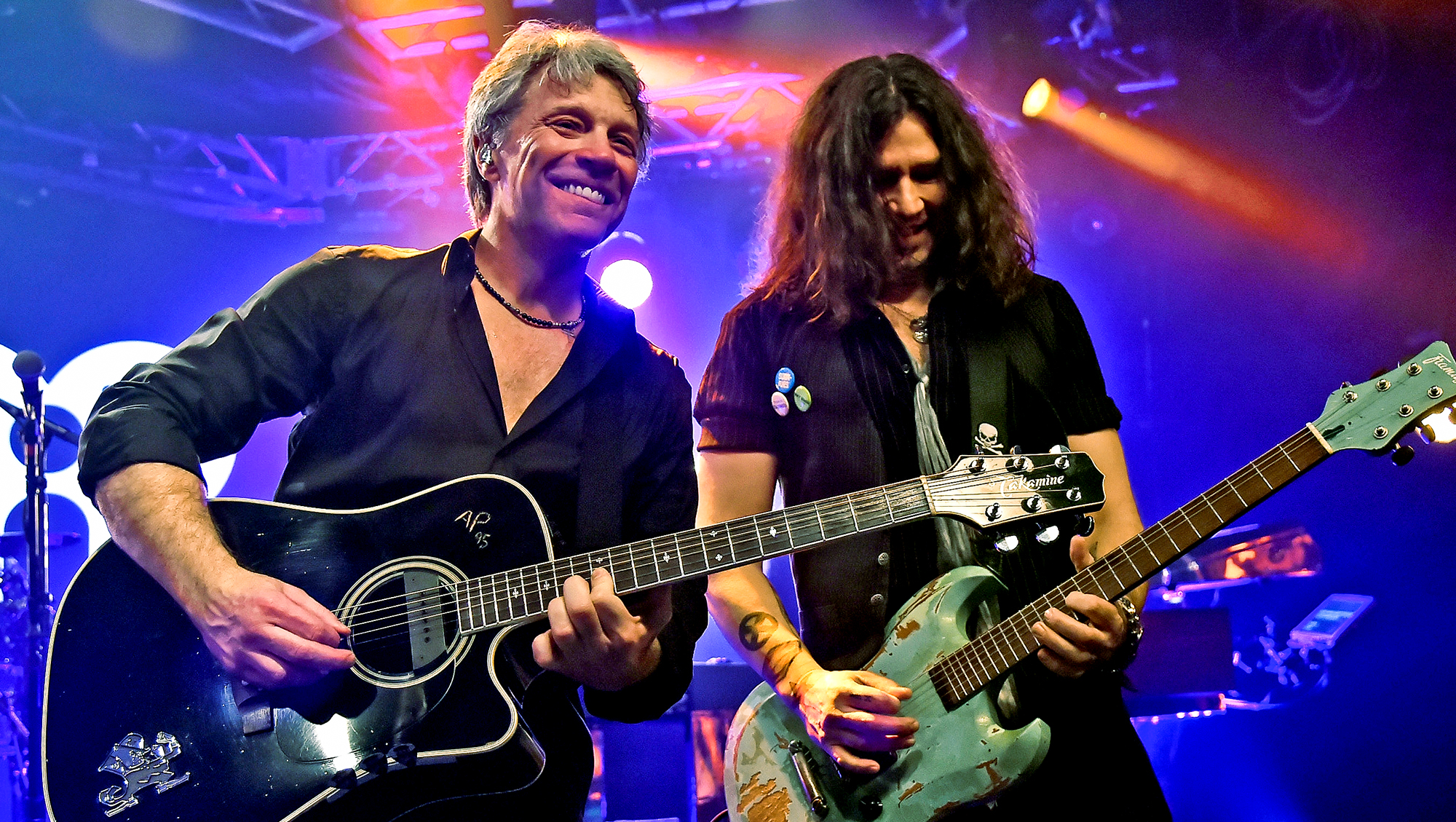A Rough Guide to Guitar Fingerboard Materials
Ebony, maple, rosewood, pau ferro or synthetic – we all seem to have our favorites.

The fingerboard of an electric guitar or an acoustic guitar is a significant factor in the instrument’s overall tone.
Various materials affect the vibration of the string differently, thus modifying the sound.
Fingerboard material falls into two broad categories: wood and synthetic. The most common woods are ebony, maple, and rosewood. Synthetics include phenolic, graphite, and other plastic/fiber composites.
Ebony

Ebony is the hardest and heaviest of common fingerboard woods, adding snap and clarity to the sound. Crisp attack and fast decay contribute to ebony's open (as opposed to warm) tone.
"I don't hesitate to suggest an ebony fingerboard to a player doing a great deal of hammer-ons and two-hand work," said Jay Black of the Fender Custom Shop. "They'll get a quick note off of the fingerboard with a nice, direct attack."
Maple

Players often perceive maple fingerboards to produce slightly less snap than ebony ‘boards. More evenly balanced than ebony, maple's attack and decay characteristics yield sustain and bright tone.
Many guitars have one-piece fretted maple necks – in other words, the fingerboard is simply the neck's surface. One-piece necks transfer string vibration differently than those with a separate fingerboard.
All the latest guitar news, interviews, lessons, reviews, deals and more, direct to your inbox!
Two otherwise identical guitars, one with a one-piece fretted neck and the other with a separate fingerboard, will sound different.
Rosewood

Rosewood fingerboards are often thought of as warmer sounding, with less defined attack than either ebony or maple – both of which are denser woods.
Some attribute rosewood's sweeter, midrange-heavy tone to its high oil content; the oil presumably acts as an acoustic damper, rolling off high end.
Pau Ferro

Pau ferro is a common alternative to traditional fingerboard woods. Indeed, this South American hardwood has gained favor with some of the country's top builders as a fingerboard wood.
It combines rosewood's warm tone with ebony's smooth feel.
Synthetic

Synthetic fingerboards share two traits that affect tone: high density and extreme stiffness.
Graphite, phenolic, and other composite fingerboards offer extreme high-end response and note-to-note consistency.
Replacing a wood bolt-on neck with a synthetic one usually makes a guitar sound more "hi-fi."
Additionally, some players swear that fretboard inlays affect tone. Whether or not this is true, extensive inlays modify the fretboard's composition and introduce yet another element into the equation.
Guitar Player is the world’s most comprehensive, trusted and insightful guitar publication for passionate guitarists and active musicians of all ages. Guitar Player magazine is published 13 times a year in print and digital formats. The magazine was established in 1967 and is the world's oldest guitar magazine. When "Guitar Player Staff" is credited as the author, it's usually because more than one author on the team has created the story.
